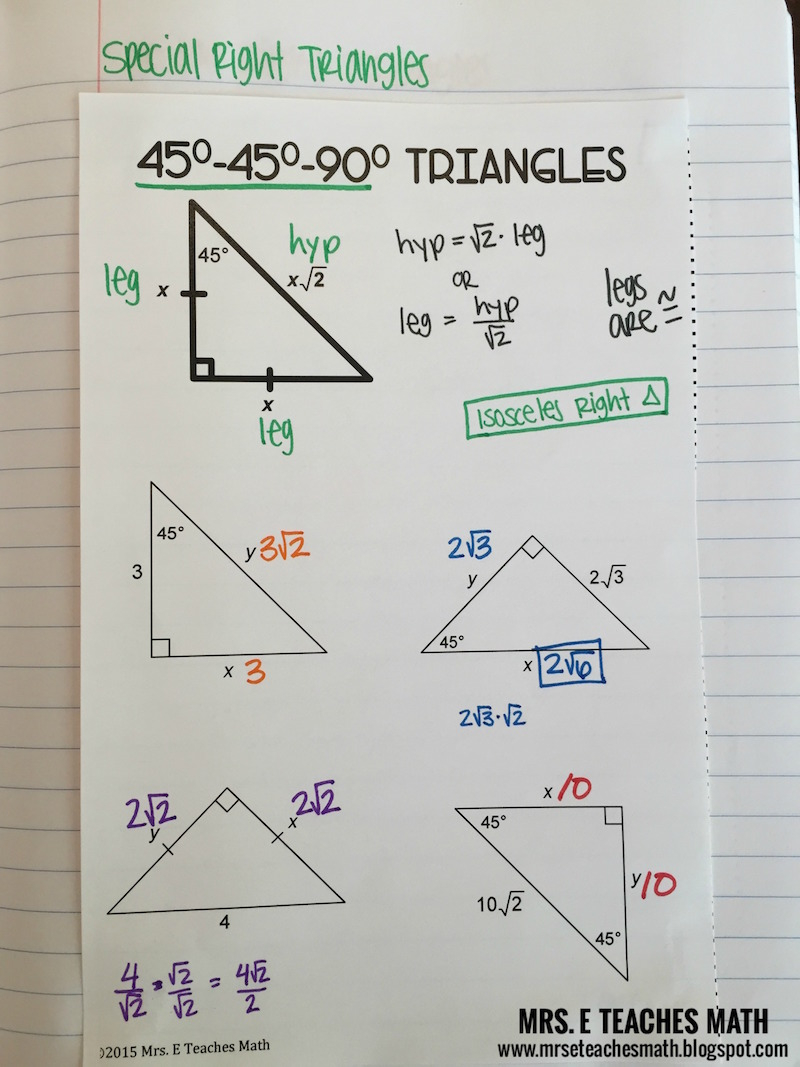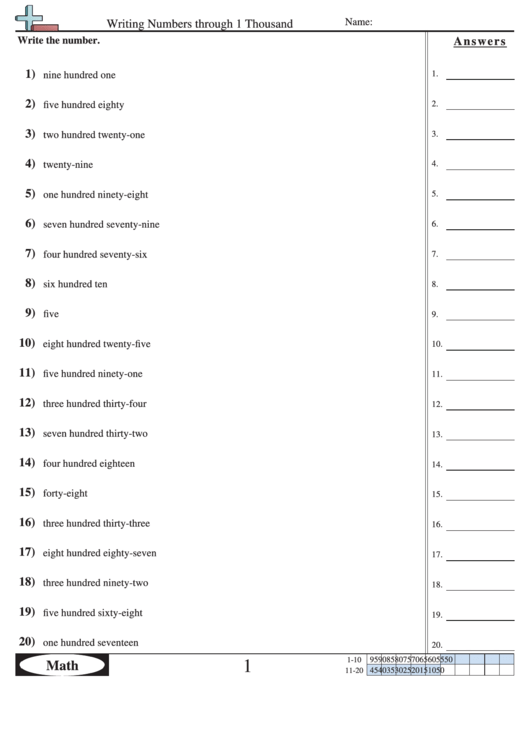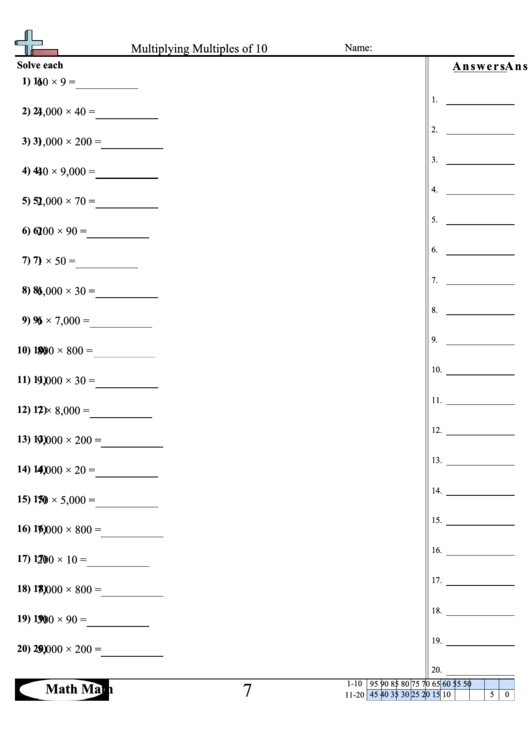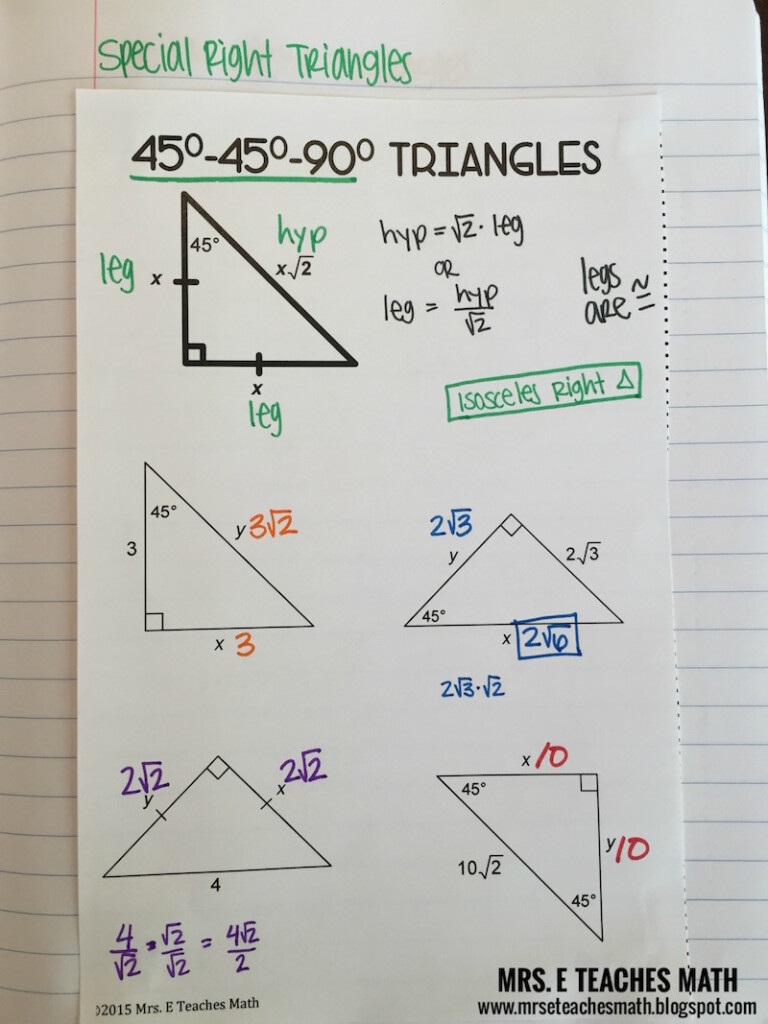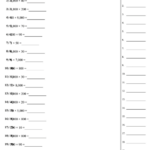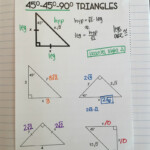30 60 90 Triangle Worksheet Answer Key – Triangles are among the most fundamental designs in geometry. Understanding the triangle is essential to understanding more advanced geometric principles. In this blog this post, we’ll go over the various types of triangles including triangle angles and the methods to determine the size and perimeter of a triangle, and show some examples to illustrate each.
Types of Triangles
There are three kinds for triangles: Equal isosceles, as well as scalene.
- Equilateral triangles contain three equal sides and have three angles of 60 degrees.
- Isosceles triangles have identical sides and two equal angles.
- Scalene triangles have three different sides, and three different angles.
Examples of each type of triangles will be presented.
Triangle Angles
Three angles are found in an triangle: acute right, and obtuse.
- An acute angle is less than 90 degrees.
- Right angles are precisely 90 degrees.
- Obtuse angles are those that are greater than 90 degrees.
Examples of each angle will be provided.
Perimeter of Triangles
The perimeter of A triangle is defined as the sum to the total lengths its sides. To calculate what is the radius of a triangle, it is necessary to multiply the lengths of its three sides. The formula for the perimeter of triangles is:
Perimeter = Side A + Side B + Side C
Examples of how to calculate the perimeter of an arc will be shown using various types of triangles.
Area of Triangles
The size of a triangle is the quantity of space contained in the triangle. To determine the dimensions of a rectangle, it is essential to determine the length of the base, as well as the height of the triangle. The formula to calculate the volume of a circle is as follows:
Area = (Base x Height) / 2
Examples of how to determine the area of an area triangle will be presented by using various kinds of triangles.
Conclusion
Understanding the concept of triangles is an important part of learning geometry. Knowing the various kinds of triangles, angles, and how to calculate the dimensions and perimeter of a triangle can help you resolve more complicated geometric problems. With our extensive triangle worksheets you can boost your understanding of these fundamental concepts and increase your geometry skills to the next level.
